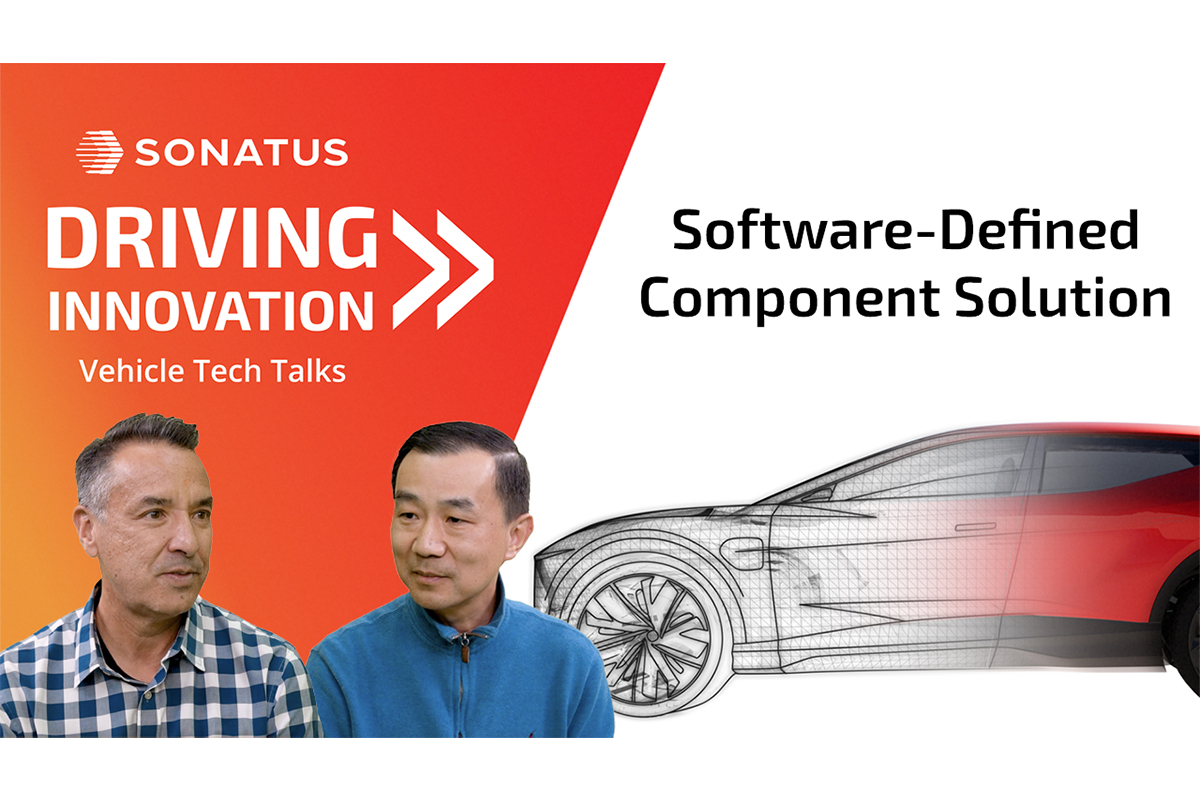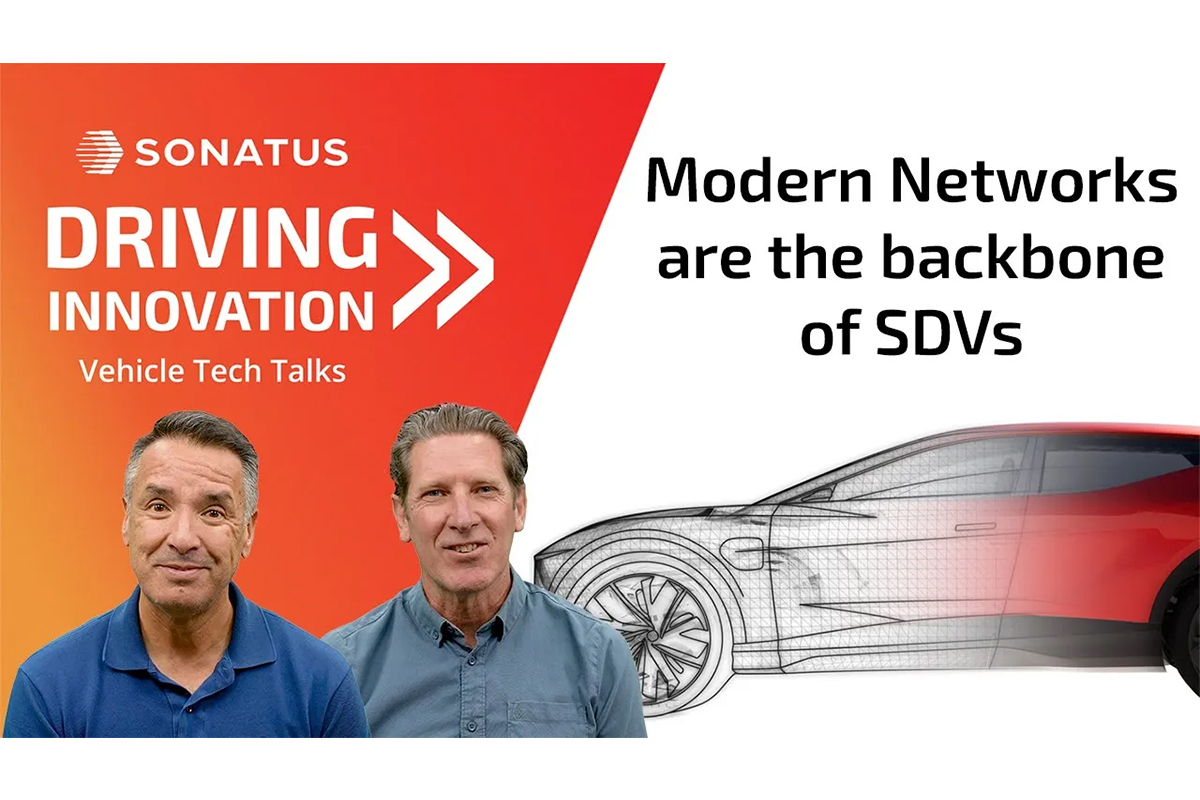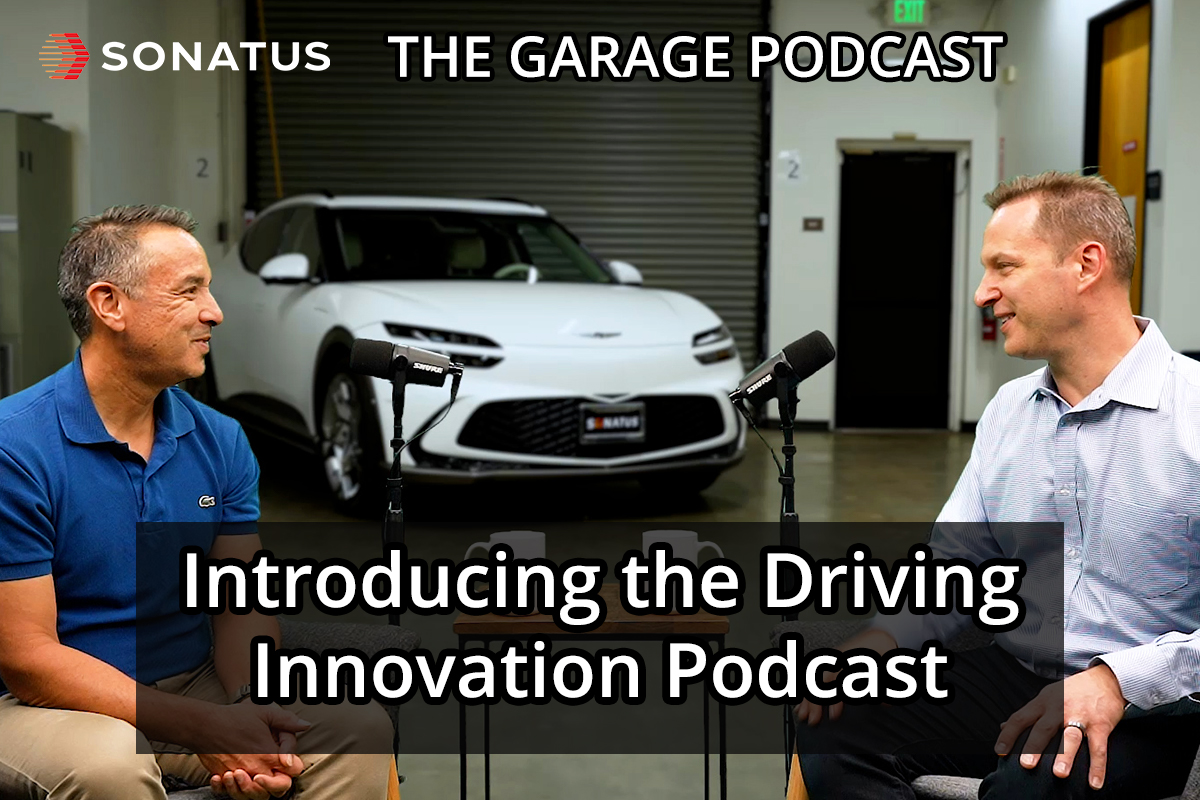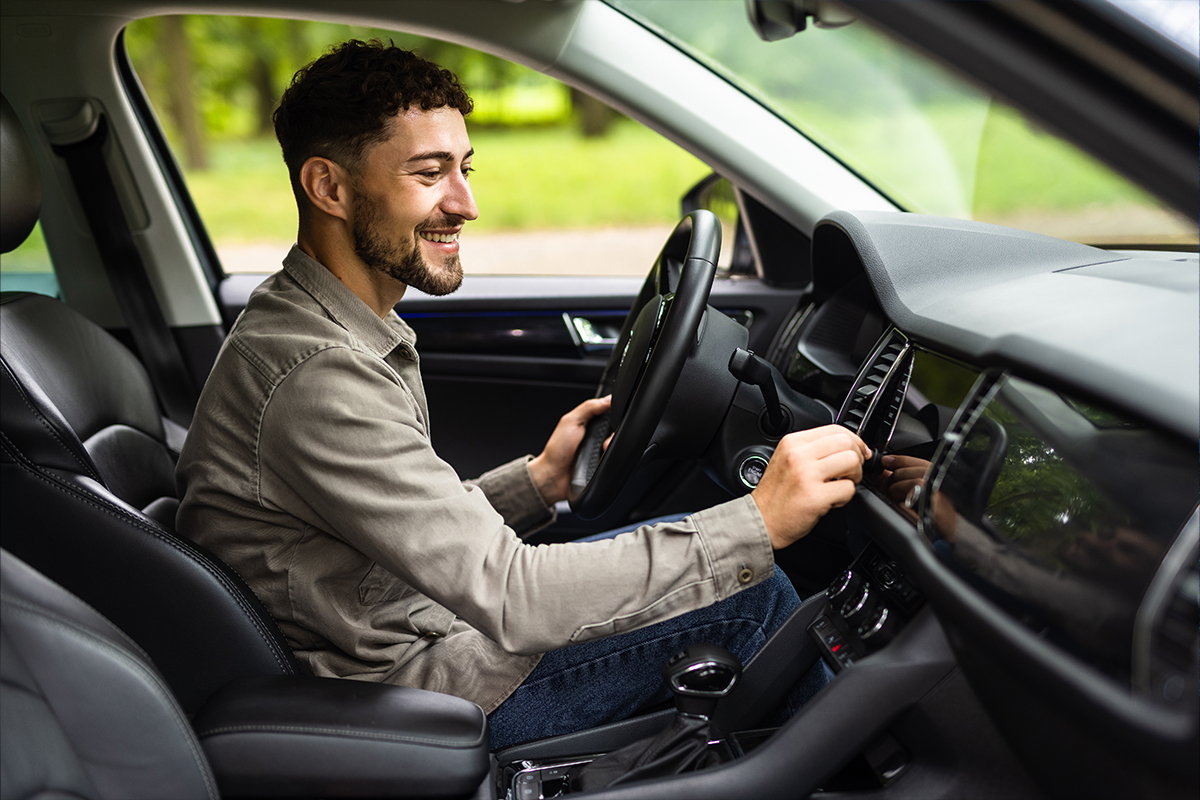Introduction
SANJAY: Welcome to a new episode of Driving Innovation, a podcast series from Sonatus, where we explore technologies and solutions that are accelerating the transition to software-defined vehicles. My name is Sanjay Khatri, and in this episode, we’ll be talking about how OEMs can deliver a personalized driving and vehicle experience to their consumers with the advantage of software-defined vehicles. As vehicles get more digital features, more software content, and more connected, they’re starting to resemble digital devices. In fact, some have even compared the modern vehicle to a consumer electronic device. And as with other consumer electronic devices in our lives, think of your smartphone or your smart home, we expect them to be tailored and personalized to our preferences and needs. And so the automobile is no different. But how do OEMs deliver this personalized experience to their consumers? That’s where the Sonatus Vehicle Personalization Solution comes in. And joining me today to talk about the Sonatus Vehicle Personalization Solution is Jimmy Yang, Product Manager at Sonatus. Jimmy, welcome to Driving Innovation.
JIMMY: Thanks for having me, Sanjay. I’m excited to be here.
SANJAY Sure. Let’s start from the basics. What exactly is the Sonatus Vehicle Personalization Solution?
What is the Sonatus Vehicle Personalization Solution?
JIMMY: At a high level, Sonatus Personalization Solution is a toolkit that enables OEMs to build end-user-focused personalization experience. This solution includes three main parts. Number one, it’s an application SDK. OEMs will use this SDK to develop driver-facing applications to allow users to create different personalization routines. Number two, we have the cloud portal that allows OEMs to manage different user experience and preferences. Number three, we have the in-vehicle piece of Automator that orchestrates very complex automation workflows. So the backbone of the solution is Sonatus Automator. And Automator enables OEMs to create new features without new code development. This lowers the development costs for OEMs, as well as shortens the gold market timeline dramatically.
SANJAY: What do we mean by personalization?
JIMMY: Nowadays, vehicles can already move the seat or the steering wheel for you upon entering. However, our solution allows a much more complex workflow. So the moment you enter the car, it can set the HVAC temperature, the playlist, the lighting, the seat position, and many more vehicle actions.
SANJAY: This sounds a lot more advanced than the typical configurations and settings that we’re able to do in cars today. Can you give me some examples of how this is doing more than that?
JIMMY: A good example is the highway driving mode, which is something I will personally use in my own vehicle. So if I turn on the adaptive cruise control in my vehicle, I want the vehicle to put the seating position into a more relaxed mode, and then put the driving mode into the economy mode to save some fuel. At the same time, I also want the media player to automatically put on some smooth jazz to soothe out the driving tension on the highway. With Sonatus Personalization Solution, we can turn that workflow into an automated routine for this user.
SANJAY: That’s great. We’re starting to see some of this capability in some of the premium models, and I’m talking about luxury brands. How is the Sonatus Vehicle Personalization Solution different?
JIMMY: Sanjay, you’re absolutely right. There are very few luxury brands that have already deployed automated routines into the production vehicles. However, our solution doesn’t require heavyweight code development or OTA. This will help OEMs to deploy this feature to more models across different price points.
SANJAY: I can see how these personalized features can provide a lot of benefits to the end consumers. What’s in it for the OEMs?
JIMMY: This solution allows OEMs to continuously innovate and deploy new features and value to the end user. This also opens up the possibility for services like feature-on-demand.
SANJAY: I can see how this can enable OEMs to deploy region-specific features, maybe even demographic-specific features. It seems like this really opens up the possibility to do mass customization of their vehicles. And this also sounds like the barrier to creating new features is very, very low. How do you ensure that the OEMs or even the end users don’t do something that could potentially result in a safety issue?
JIMMY: Vehicle safety is definitely one of our highest priorities when we’re crafting any solution. So with personalization, it is the OEM that defines the allowed vehicle triggers as well as the actions.
Summary
SANJAY: That’s excellent. So when we talk about vehicle personalization, we’re talking about the ability for end users to create their own personalized experiences in their vehicles, and for the OEMs to do it in a way where it’s cost-efficient and fast time-to-market so that they can make it available to mass market vehicles. Well, this has been fascinating, Jimmy. Thank you for stopping by.
JIMMY: Thanks for having me. It’s a pleasure.
SANJAY: That wraps it up for this episode of Driving Innovation. If you like what you heard, like this episode and subscribe to our channel. We’ll be talking a lot more about the technologies and solutions that are accelerating the transition to Software-Defined Vehicles.





